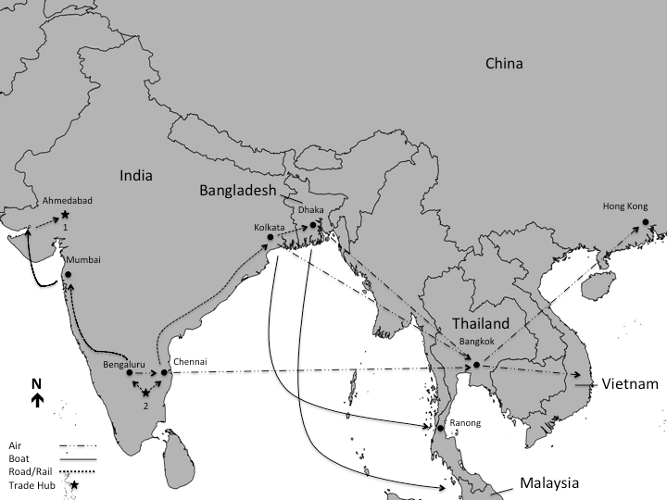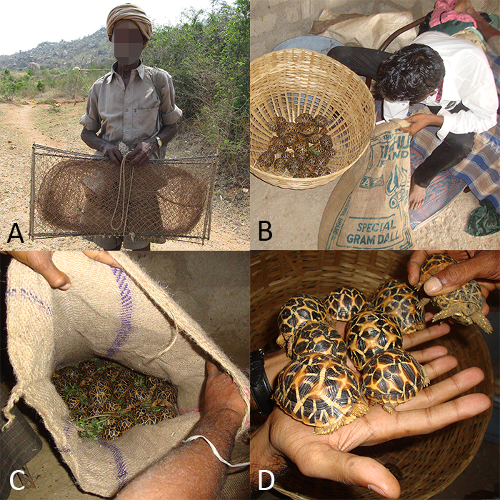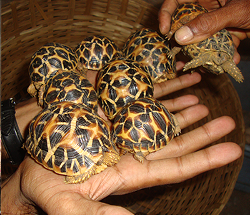News
A star attraction: David Macdonald describes the illegal trade in India’s star tortoise
Patterned with star-like figures on their shells, Indian star tortoises can be found in private homes across Asia, where they are commonly kept as pets. One can also see them in religious temples, praised as the living incarnation of the Hindu god Vishnu. How did they get there?
Suspicious of a large-scale illegal international trade of these tortoises that could in fact pose a grave threat to the survival of the Indian Star tortoise, a team of researchers, led by Dr. Neil D’Cruze from Wildlife Conservation Research Unit, University of Oxford, and World Animal Protection, London, spent 17 months investigating the case focusing on India and Thailand. Our study is published in the open-access journal Nature Conservation: Nature Conservation.
We found that at least 55,000 Indian star tortoise individuals are being poached over the span of a year from a single trade hub in India. Helped by a number of herpetologists and wildlife enforcement officials, we tracked signals about how sophisticated criminal gangs are exploiting “legal loopholes” and people alike, taking advantage of rural communities and urban consumers in India and other Asian countries.
“We were shocked at the sheer scale of the illegal trade in tortoises and the cruelty inflicted upon them,” comments Neil. “Over 15 years ago wildlife experts warned that the domestic trade in Indian star tortoises needed to be contained before it could become established as an organised international criminal operation.
“Unfortunately, it seems that our worst nightmare has come true – sophisticated criminal gangs are exploiting both impoverished rural communities and urban consumers alike,” he also added. “Neither group is fully aware how their actions are threatening the welfare and conservation of these tortoises.”








